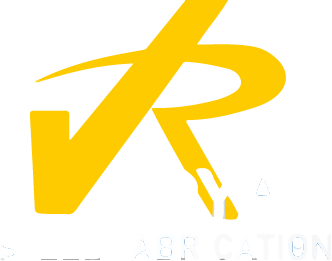- Royal Steel Fabrication LLC , Sajaa Industrial Area, Sharjah
- Info@royalsteelfab.com
Menu
065277718
24/7 Phone Services
24/7 Phone Services
Steel project has four components namely (i) performance, (ii) cost, (iii) time, and (iv) scope. All these four components are interrelated and dependent on each other. Performance is the quality of the work being done. Cost is the expenditure made on the project work and is directly related to the human and physical resources applied. Time is the schedule which is required to be met for completing the work. Scope is the magnitude of the work to be performed. One of the key ingredients for successful project management in a steel project is having the right people on the job and managing them appropriately. Both of the two elements ‘having the right people’ and ‘managing people appropriately’ are important for the project success. However, in practice both conditions are frequently violated.
There are several groups of activities in a steel project which are required to be managed. These include (i) concept and site finalization, (ii) feasibilities studies and establishing of project schedules, (iii) approvals and consents, (iv) design and engineering, (v) project planning, (vi) monitoring of all project activities and processes along with control of changes, (vii) contract and procurement, (viii) materials’ receipt and storage, (ix) budget and expenditure, and (x) construction activities at site consisting of civil, structural, erection and commissioning work, and (xi) project handing over and closing. These activities include defining the work and the development and tracking of the schedules, resources, and costs. Steel project requires the investment of considerable finances and labor prior to their commissioning and handing over. Hence, containing of the resource expenditures is one of the main driving factors in a steel project. Also a need exists for the quality of the steel project which is handed over to be of the highest quality.
Project management consists of managing of the execution of the project tasks which include (i) work scope, (ii) time period, (iii) resources, (iv) costs, (v) quality, (vi) communication, (vii) co-ordination, (viii) risk, , and (ix) safety of men and equipment.
Project management is carried out through a set of tools, techniques, and knowledge which, when applied, helps in the achievement of better results during the life cycle of the project.
Royal Steel Fabrication LLC , Sajaa Industrial Area, Sharjah

We serve Steel Fabrication and Installation of Metal Structure for Buildings, Warehouse, Bridges, Tunnels and Tower, Heavy and Light Structure, Piping in Carbon, Stainless Steel, Mud Tank, Storage Tank, Diesel Tank, Repair Works, Specialized Machining and Manpower Services